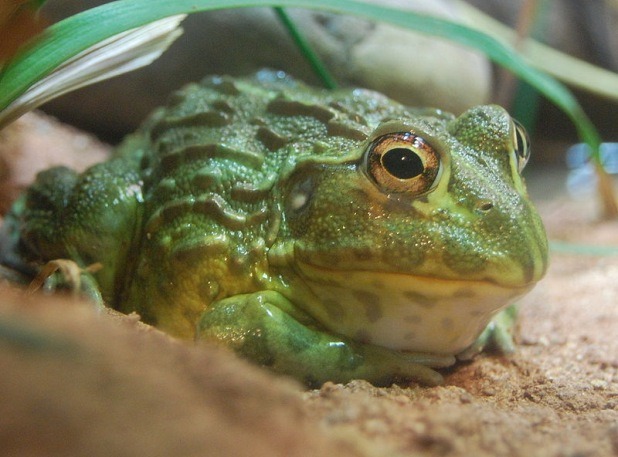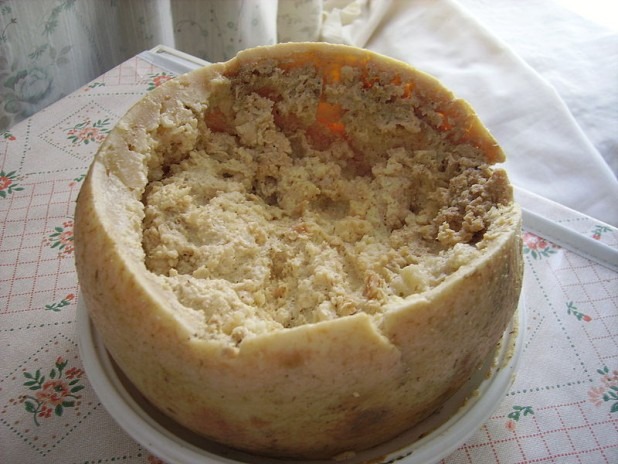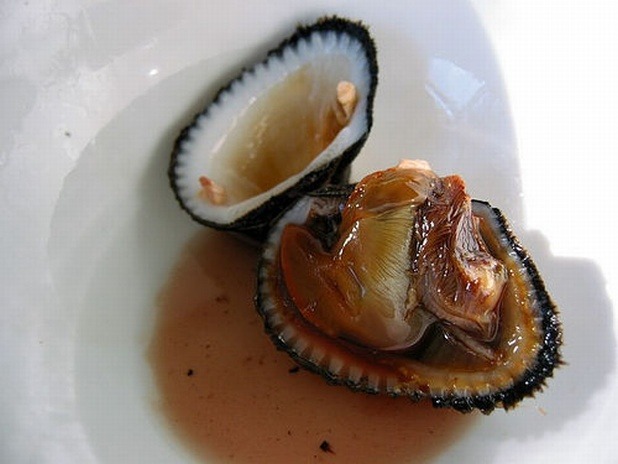The World's 10 Deadliest Delicacies Slideshow
Fugu, also known as pufferfish, is a fish whose liver and internal organs contain deadly amounts of the poison tetrodotoxin, for which there is no known antidote. It might surprise many to know, however, that any fugu chef worth his weight in Japan will attempt to leave just the right amount of poison for a tingling sensation to pass through the diner's tongue, leaving him satisfied with the taste and experience.
If you are in the mood to "risk your life," be sure to travel to the city of Shimonoseki in western Japan where no fugu-related deaths have ever been reported. In addition, you have the choice of raw fugu sashimi, fried fugu (tastes like chicken), boiled fugu, fugu with miso, and fugu sake.
Ackee — Jamaica
Turning our attention to the Caribbean, we find the delicious but dangerous ackee fruit. Although rich in vitamins and protein, if the fruit is eaten before it is fully ripe, it prevents glucose from being released from the liver, quickly lowering one's blood sugar and ensuring violent illness or death. Many have called the symptoms following ingestion of the unripe fruit "Jamaican Vomiting Sickness."
Bullfrog — Namibia
Why settle for mere legs in France when you can have the whole frog? The Giant Namibian Bullfrog is a delicacy in this African nation, but when you consume them, timing is everything. People are generally advised to dine "after the third rain" or when the frogs start croaking and breeding. Failure to do so will usually result in kidney failure, what the locals call Oshiketakata.
San Nak Ji — Korea
There's not a great deal of preparation required to serve san nak ji (raw baby octopus) to food enthusiasts: the octopus is dismembered, seasoned with sesame oil, and immediately presented on a plate. As such, many of the tentacles will still be moving around (remember, each "leg" of an octopus has its own brain), and won't hesitate to use their suckers on you if you try to swallow them. Take care to chew thoroughly before you risk letting something alive and potentially dangerous down your throat. Despite the "thrill," many foreigners trying the dish have reported a relatively bland taste, more chewy than delicious.
Apricot Seeds — Turkey
We're so accustomed to hearing things like "you should eat healthy, natural foods, like apricots" that we forget all the preparation required to eliminate poisons and toxins harmful to humans. Seeds of cherries, plums, peaches, almonds, apricots, and even apples contain cyanogenetic glycosides, which upon ingestion release hydrogen cyanide. Don't panic if you're eating an apple while reading this fascinating article; it would take a massive number of seeds for any harmful effects to occur.
Unfortunately in Turkey, known for its large population of apricot trees, a few have died after "seed binges". Roasting the seeds will make them safe for consumption if you're determined to eat a bowl with milk for breakfast everyday.
Cassava — Africa, South America
The leaves and roots of cassava are surprisingly rich in cyanide. By this point, we may as well wish cyanide were the most delicious, sumptuous substance on the planet if we had to die to enjoy a bite... there is not much in the way of flavor, though. Cassava is a tropical vegetable originally from South America, but has gained popularity in Africa, particularly for its juice, which can be fermented to produce a drink called piwarry.
Casu Marzu — Italy
Casu marzu is technically outlawed throughout much of Italy, and many would consider it more like garbage than food. Nevertheless, its preparation is as meticulous as a fine dessert: cheese from sheep's milk is left outside to ferment and in the process is introduced to a certain species of fly, which is allowed to lay its eggs on the cheese. The eggs hatch and dinner begins... for the maggots, that is — not you; the best is yet to come.
Eventually, the maggots soften the cheese enough for consumption, but they must be eaten alive along with the cheese to prevent extra toxicity. If you don't want to eat live maggots (what? you don't?), you can starve their oxygen supply by placing the cheese in a sealed paper or plastic bag; the larvae will eventually jump out of the cheese in search of air and, finding none, die.
Elderberries — Europe
Just like ackee, it's not exactly to the food connoisseur's advantage to consume unripe elderberries. This is probably the least dangerous food on the list, however, as the ripe fruit is eaten around the world safely and deaths are extremely rare. Take care to keep the plant away from small children and animals, and remember never to eat the stems or leaves of the sambucus (elderberry).
Blood Clams — Shanghai, China
You don't have to sleep with someone suspicious to get hepatitis if you choose to eat blood clams in Shanghai. Although blood clams are considered one of the more delicious Chinese delicacies, the style of preparation in Shanghai involves quick-boiling them, leaving many viruses and bacteria present, including hepatitis A, E, typhoid, and dysentery.
